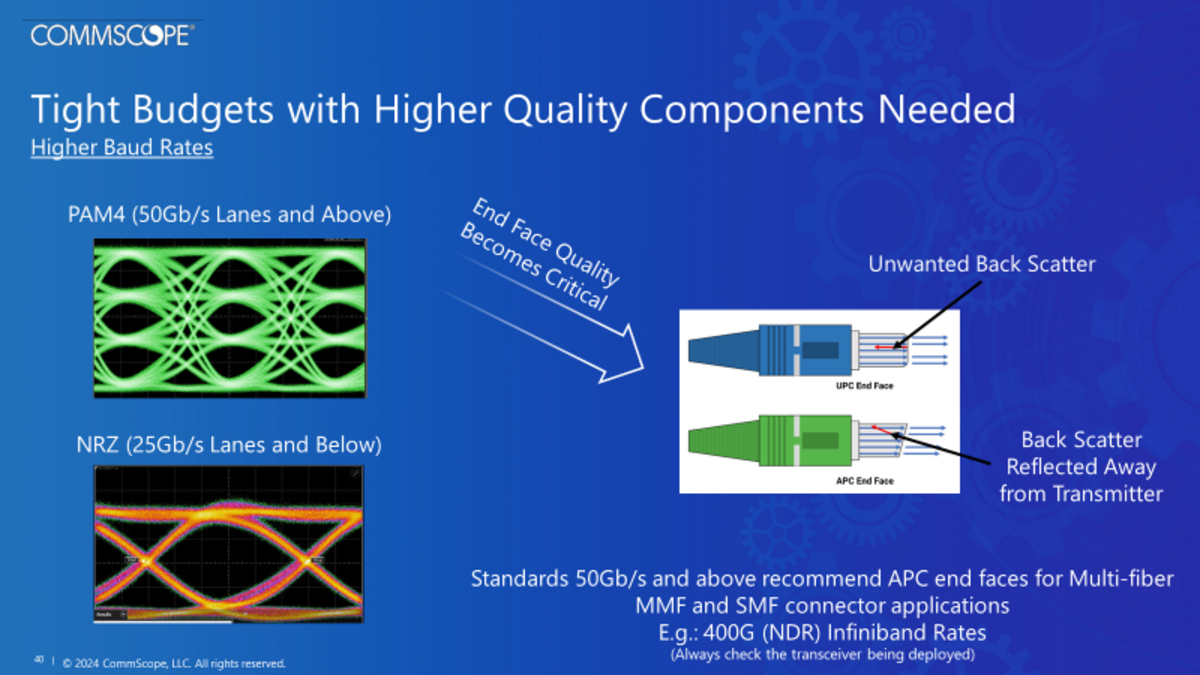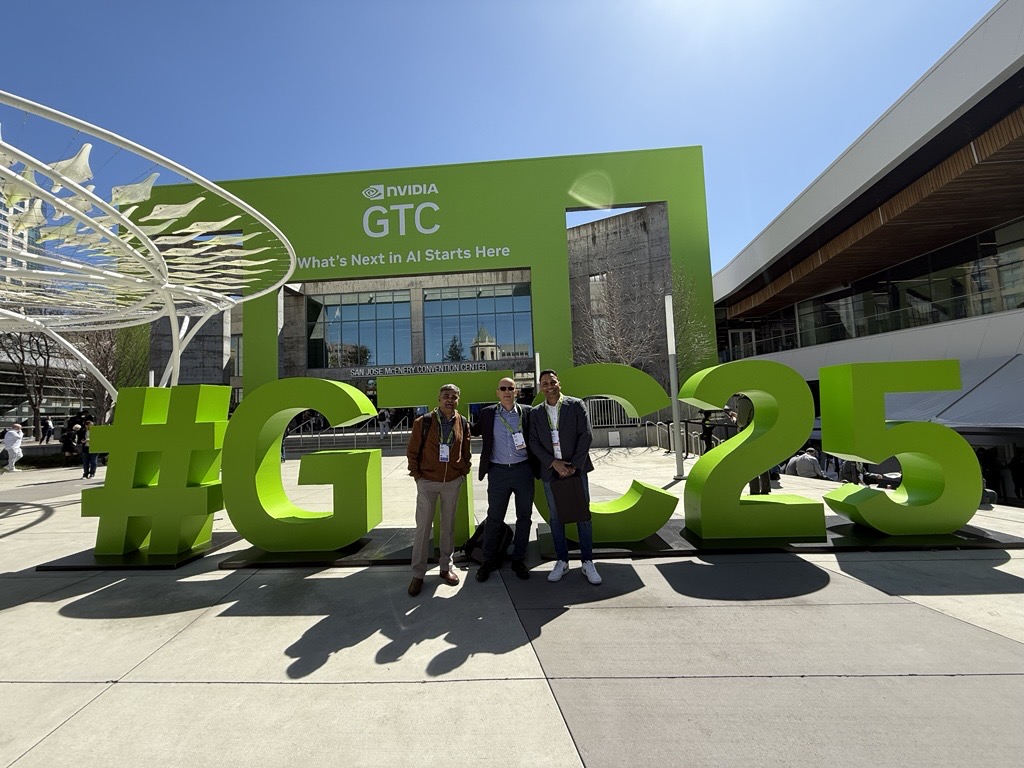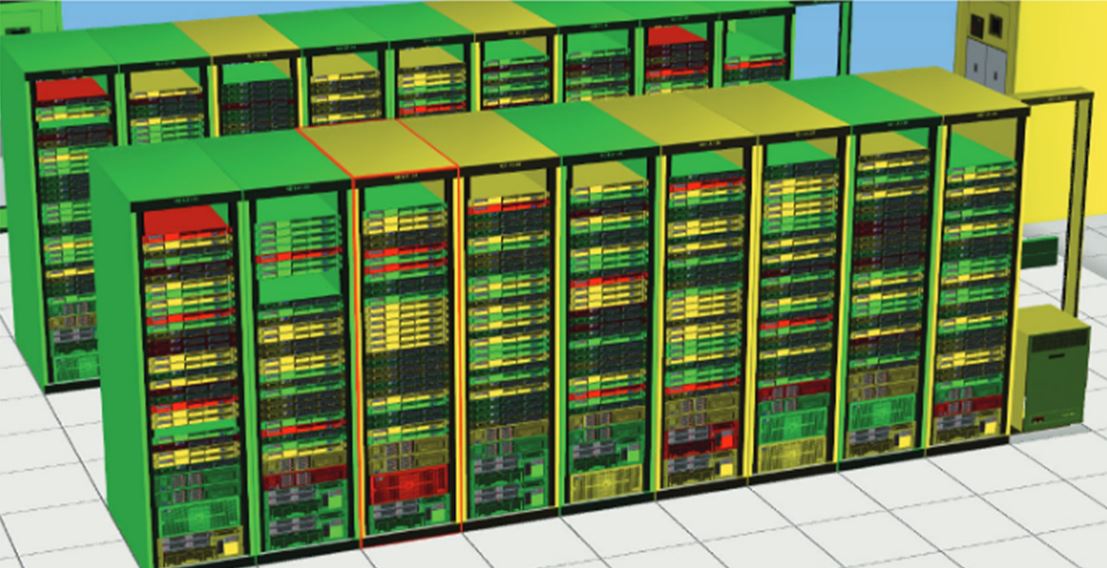People sometimes ask, does it really matter whether the end-face of MPO connectors, singlemode and multimode, are flat or angled at the equipment and in the channel? It may matter more than you realize.
As data rates have increased to 50G – 100G lanes and above, multimode transmission has shifted to 4 levels of modulation, called PAM4 (pulse amplitude modulation with 4 level signaling). While it is more efficient in delivering capacity and higher speeds than NRZ (non-return to zero modulation), which is the signaling for 25Gb/s and below, PAM4 is more sensitive to noise in the form of reflected signals (return loss). That means that light reflected back to the transmitter from dust, dirt, scratches or other sources from connections within the channel can confuse the electronics, causing network errors. Those errors can force re-transmission and create delays in the network.
Singlemode MPO fibers have historically resolved reflected light with an angled end-face at the connector so that reflected light from any dust or debris would be directed out of the fiber core and into the fiber cladding, away from the signal path, not straight back to the transceiver, where network performance would be affected.
In today’s multimode networks, factory-terminated trunk cables with MPO connectors are very common. They are favored for their on-site installation speed and managed density. 8, 12, 16 or 24 fibers in a single connector is the norm. Most common multimode trunk cables have been the 12- and 24-fiber cables, as well as some 8-fiber cables in recent years, mainly using UPC (ultra polish connectors) which have a flat end-face. The fiber count has begun shifting in favor of 8- and 16-fiber connectors to align with higher-speed, higher-fiber count applications.
In critical AI networks which use a lot of multimode fiber within the clusters for distance and power demand reasons, APC (angled physical contact) multimode connectors provide a level of assurance above that of traditional structured cabling by reducing return loss impact from the cable channel. This is directly in response to the sensitivity of the multi-level modulation required for higher data rates. Similar to the way APC resolves reflected light with the angled end-face in singlemode, the same benefit is now being delivered with multimode APC MPOs in 8 and 16 fiber counts.
APC multimode MPO connections provide performance benefits from their initial installation, as they support legacy applications as well as provide assurance for higher-speed migrations in the future. The ongoing benefits regarding moves, adds and changes can also be significant. As an example, for ongoing operations or migrations, available technicians may not have the same level of cabling practices training, or sufficient time available for cleaning and re-testing cables. This could lead to impurity introduction from patching changes. The APC end-face can help overcome the effects of such a situation.
Historically, back-end networks used for storage applications had used direct attach copper or fiber optic cables with SFP or QSFP connectors on both ends for point-to-point cabling. Distance limitations and cable thickness at higher data rates make these direct attach copper (DAC) cables impractical for applications beyond 1 m, which is extremely limiting within a cabinet.
Active optic cables (AOCs) are the fiber-optic equivalent for point-to-point, for longer reach or cabinet row cabling. In today’s generative AI architectures, each cabinet row can have a minimum of 256 of these equipment cables spanning and interconnecting the cabinets for compute applications and similarly for storage applications, effectively stitching the cabinets together. With any system upgrade, those cables need to be removed and replaced, since they are speed- and application-specific. Consider the time required to extract those cables from the equipment and pathways, as well as the impact for sustainability, as they are not recyclable and need to be disposed of and then replaced with the next generation version for each refresh. The associated downtime can also be costly from multiple perspectives.
As a result, adoption of APC MPO connectors for AI is happening quickly and are being deployed on a large scale as they have become a transceiver requirement from the major system providers, whether using InfiniBand or Ethernet protocols. A critical part of structured cabling, 8- and 16-fiber multimode APC connectors support multiple network generations while also helping minimize the impact of equipment change.
Note: You should always check with your equipment manufacturer for available APC transceiver options during your planning process.
© 2024 CommScope, LLC. All rights reserved. CommScope and the CommScope logo are registered trademarks of CommScope and/or its affiliates in the U.S. and other countries. For additional trademark information see https://www.commscope.com/trademarks. All product names, trademarks and registered trademarks are property of their respective owners.
















